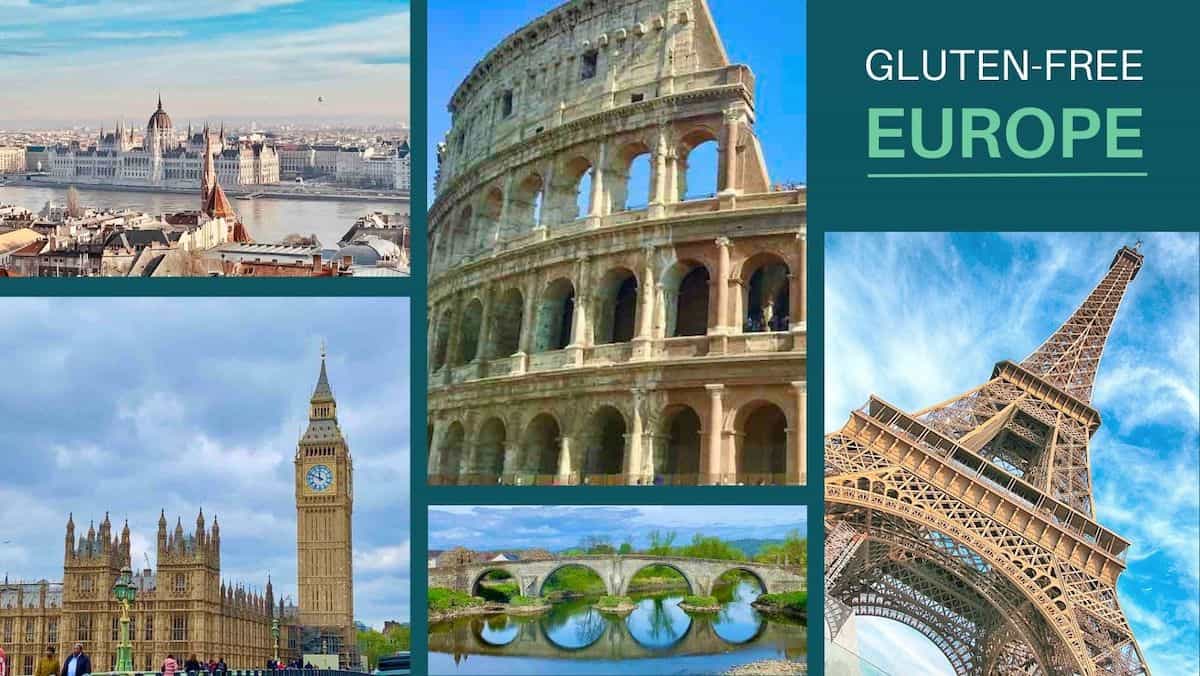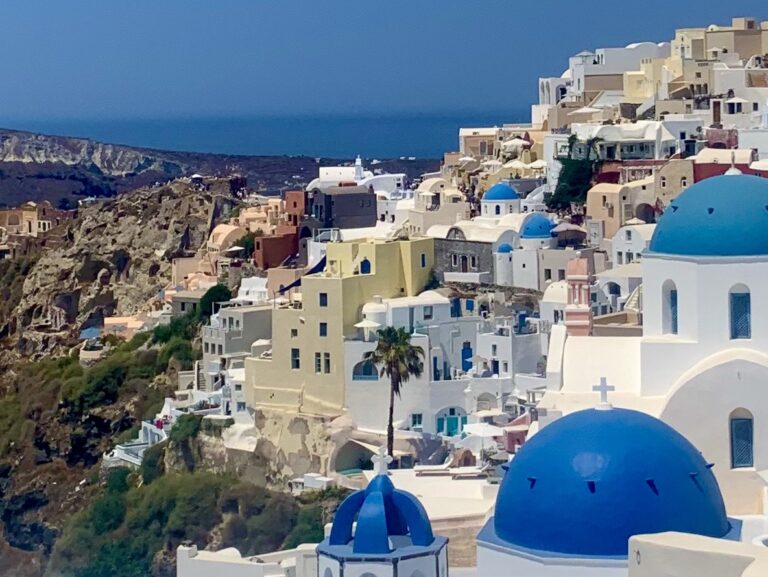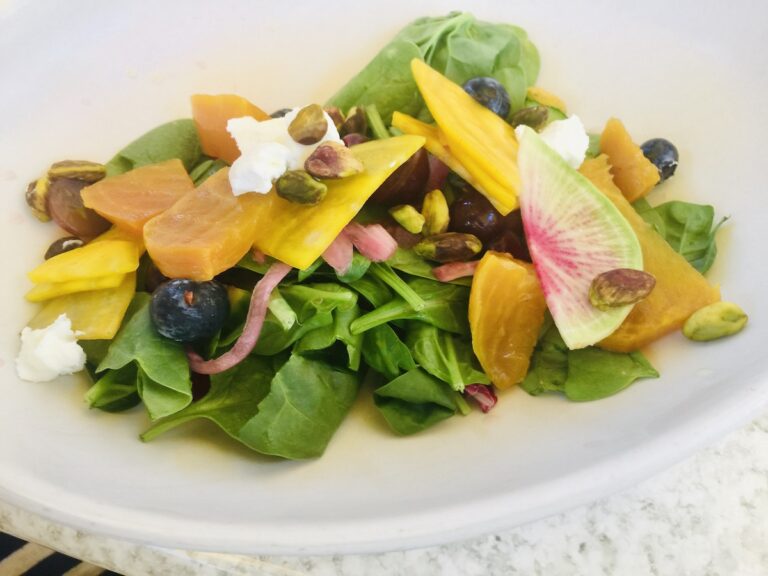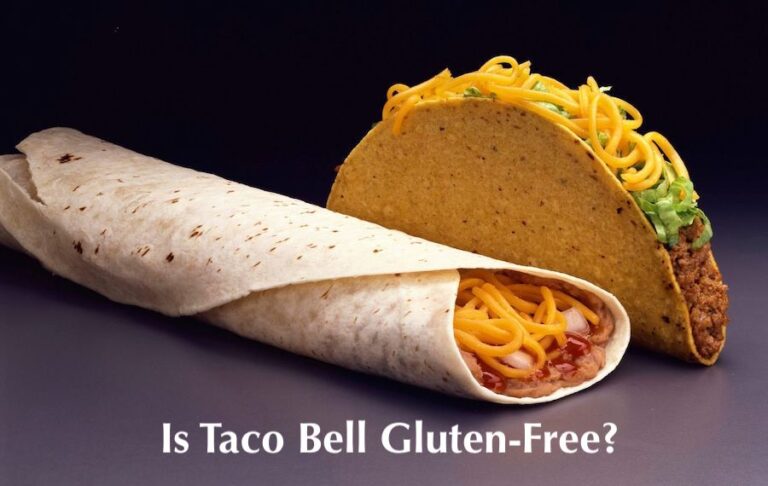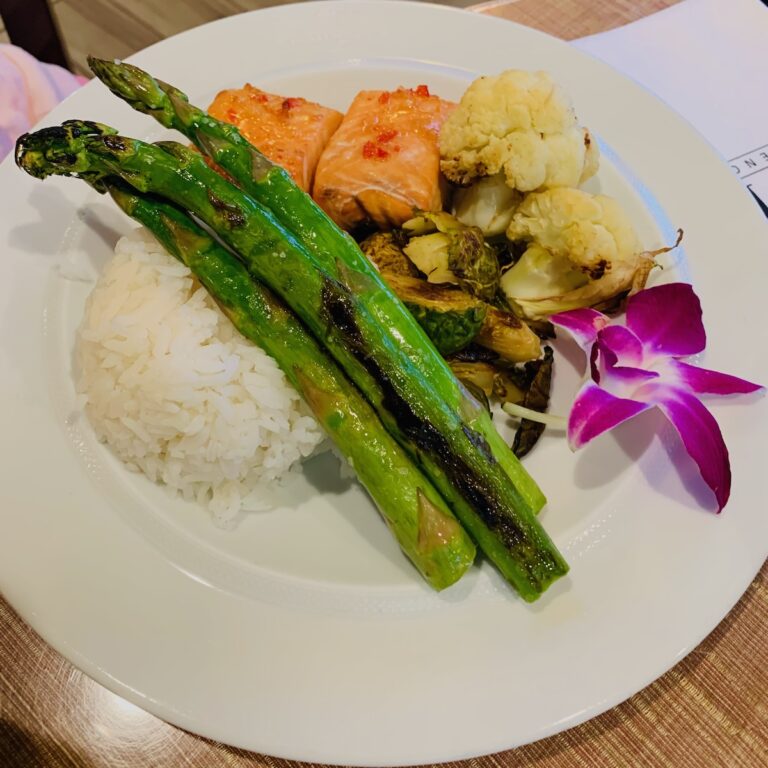Gluten-Free Europe: 14 Tips for Your Dream Vacation
You’re planning your dream European vacation. You’ve prepped for weather, fashion, comfort, must-see sites, and downtime.
Oh, but the food! Europe is known for its fabulous food. Regional specialties made with local ingredients. Pastries, pasta, paella, fish & chips… Can you eat any of it? With celiac disease or non-celiac gluten sensitivity?
Yes! Absolutely.
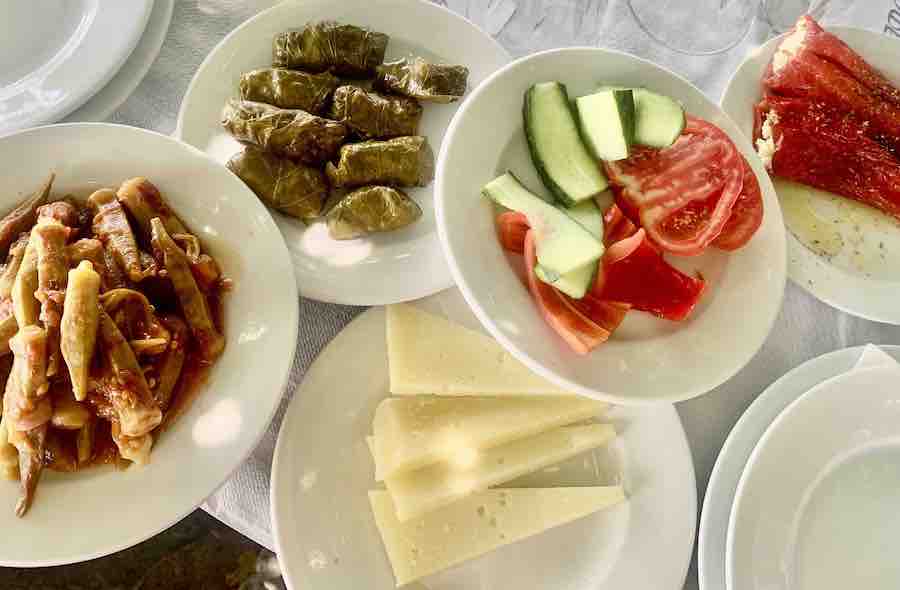
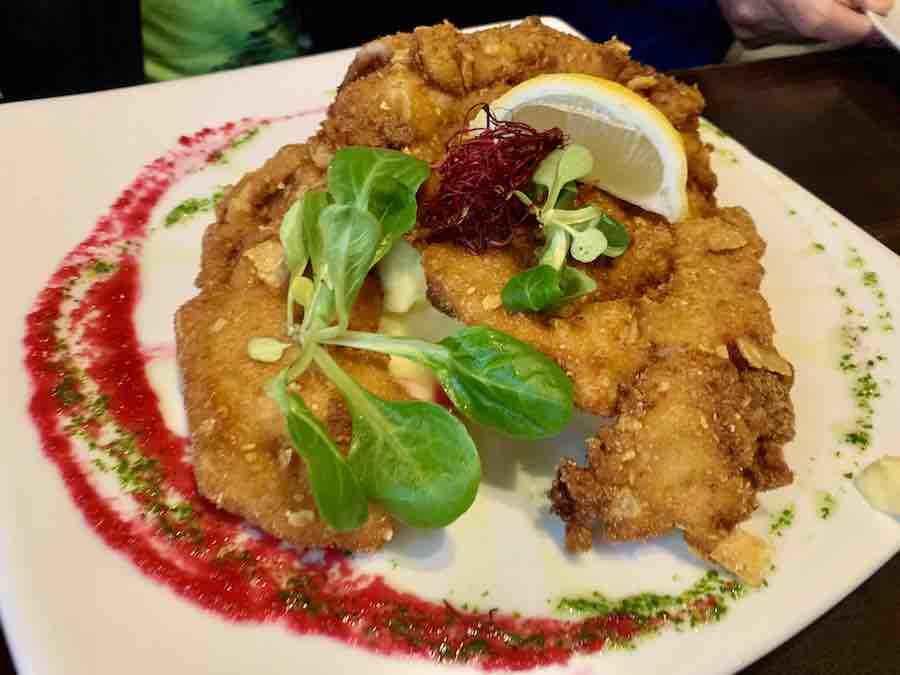
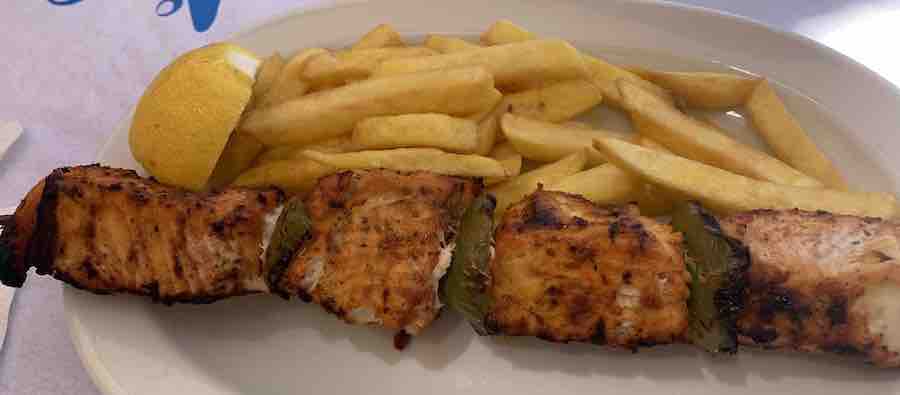
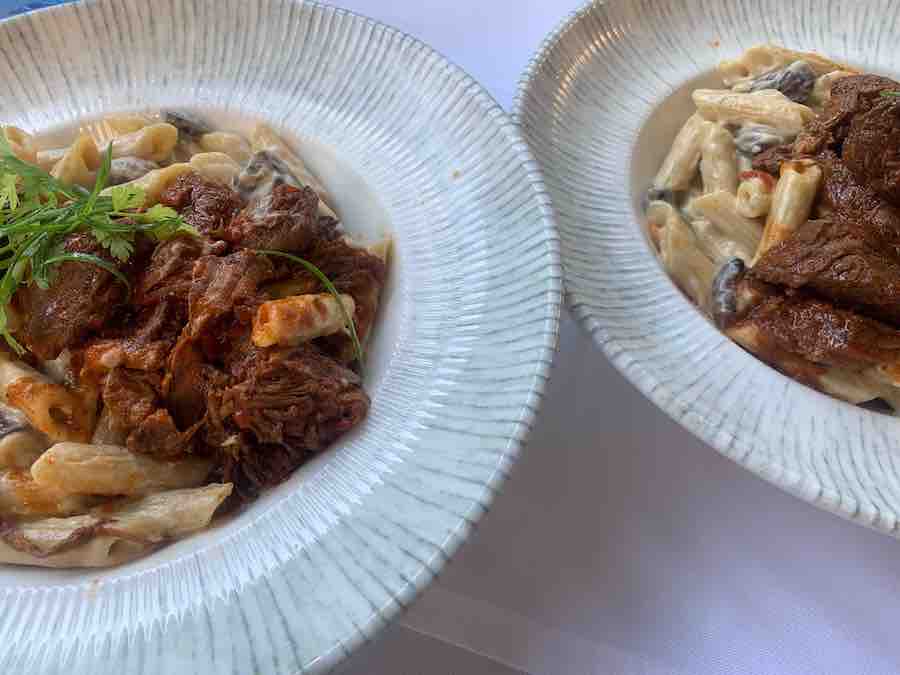
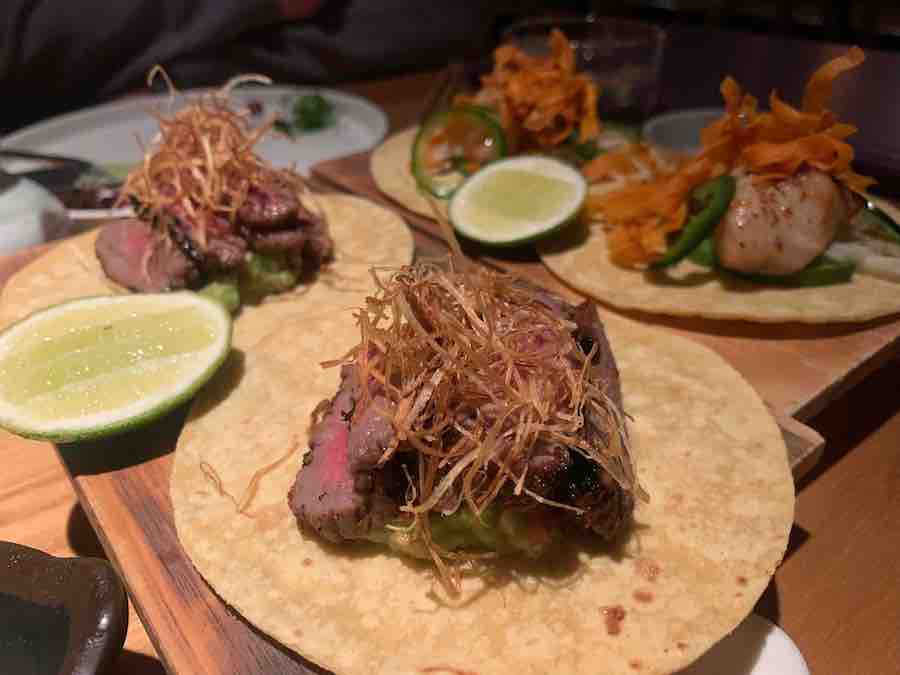
Travelers and locals with celiac disease and gluten intolerance do it every day and do it well. While each region has varying levels of awareness and options, in general, European countries are ahead of most parts of the world when it comes to accommodating those of us on medically-necessary gluten-free diets.
Yes, gluten-free travel takes extra planning, but you can enjoy safe versions of your dream destination’s local cuisine.
Here are my best tips, put together from my own experiences traveling Europe with celiac disease.
Some of the links on this post are affiliate links. To learn more, visit our Disclosures.
1. Facebook Groups are a Fabulous Resource
Nobody knows gluten-free like the gluten-free community. We are our own best source of gluten-free products, restaurants, tours, and hotels. We know where have eaten safely, and we love to share it with others who need gluten-free food.
Any Celiac support group on Facebook is a great resource, but Celiac Travel groups are full of posts, like, “looking for a hotel in Rome with safe options,” “where can I eat by the Eiffel Tower?” or “can my picky, celiac child eat safely in Scotland?” Whatever you want to know, someone else has probably already asked it. Pop your destination in the search box and you will instantly know the “best gluten-free options in Budapest“.
Coeliacs Eat Abroad, Celiac Travel, and Celiac Travel Group are three Facebook Groups I use regularly to plan my trips. For Europe, I find Coeliacs Eat Abroad particularly helpful. It is based in the UK, and folks are traveling around Europe much more frequently than Americans.
Insider tip! Once you’ve pinned down your itinerary, join local celiac Facebook groups for your destination. They are the insider’s guide to gluten-free eating. Members can give you detailed information on the safest and best restaurants, where to eat near common attractions or at public events, and even exciting supermarket finds!
One of my favorites is the unofficial Facebook Group for the AIC: Associazione Italiana Celiachia, (the Italian Celiac Association) which is helpful for all of Italy.
When planning a recent trip to Munich, I joined Zöliakietreffen München, the local celiac Facebook group. I heard about a dedicated gluten-free bakery that was opening in Munich before my arrival. It wasn’t on any apps or travel groups, yet, but the locals knew it was opening!
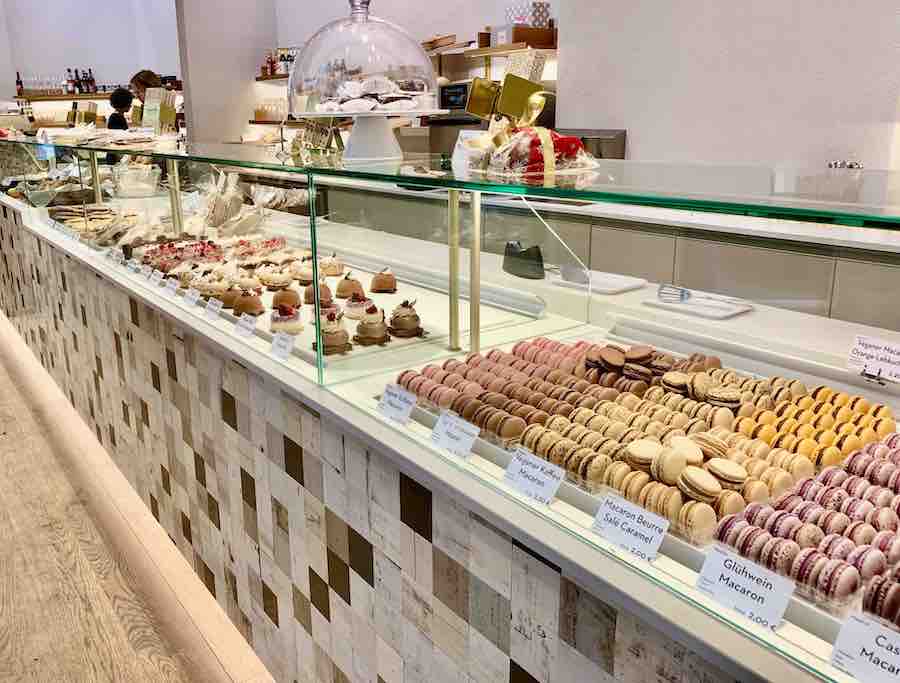
To translate Facebook comments in a language you don’t speak/read, simply click on the text “see translation” under each comment.
2. Google Translate is Your Best Friend
Let’s deal with the language barrier. Before you get on the plane, download the free Google Translate app.
The app is extremely user-friendly. You can use the conversation feature to speak into your phone in English and have your words translated into the local language.
For the gluten-free traveler, the best feature is the camera! The app uses your camera to “read” everything from food labels to menus and translate them from the original language into English, or any other language of your choosing.
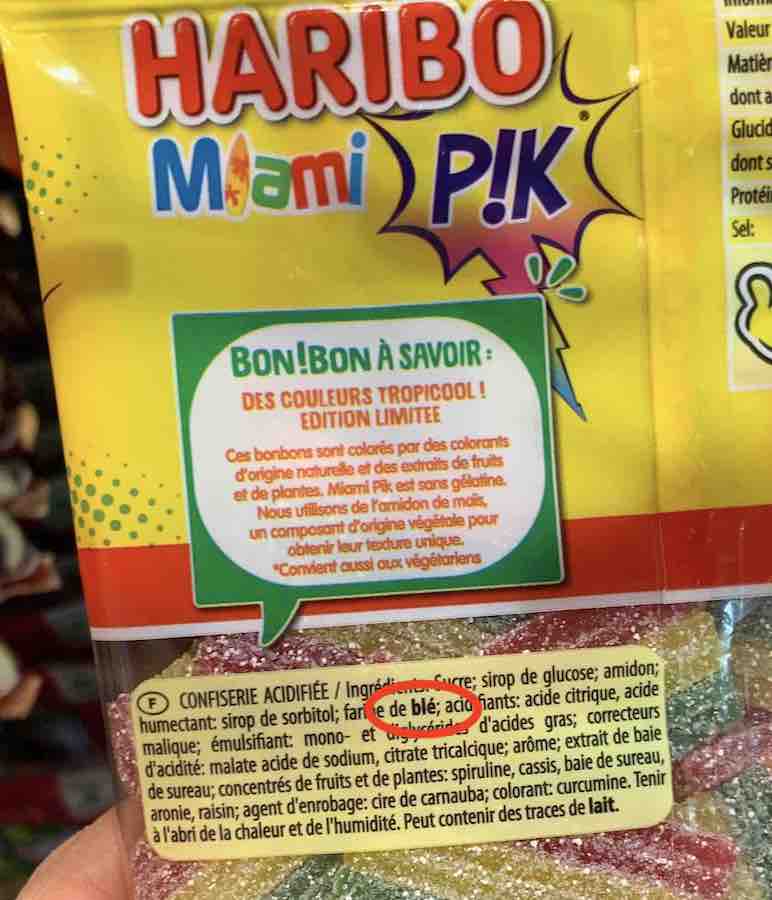
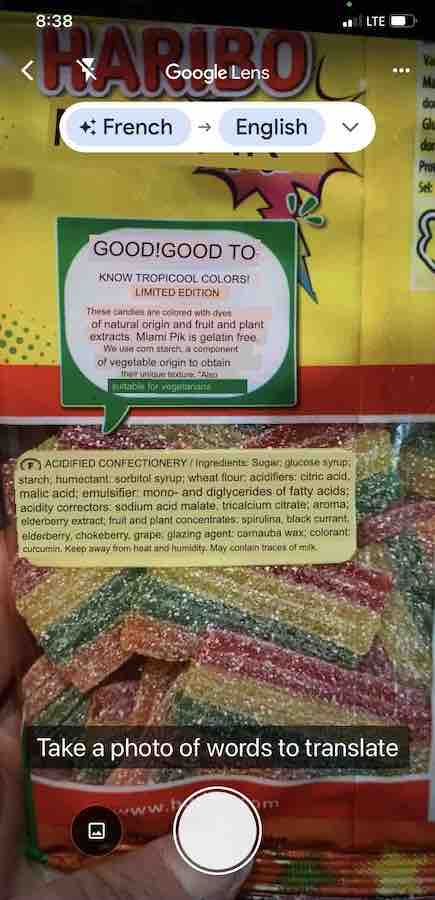
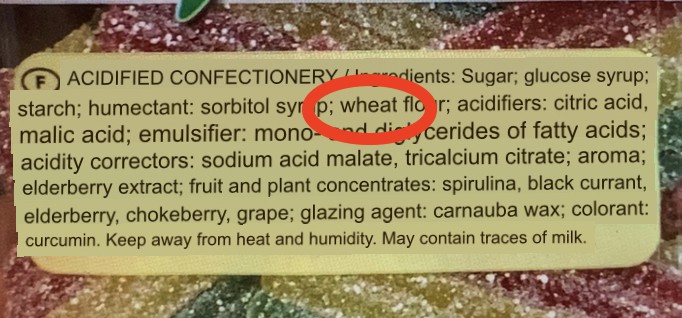
Not sure what language is on a product label? Select “detect language” and Google Translate will figure it out.
I found that particular feature helpful last year while checking labels at the airport in Paris, where the ingredients were often listed in several languages. And recently, in Slovakia, food labels had several languages, including Slovak, German, Czech, and Hungarian. I couldn’t sort it all out, but Google Translate did.
3. Confirm Restaurant Days & Hours Online
The best gluten-free, French cuisine in Paris won’t be found in a large chain restaurant that’s open 24/7.
You’ll find it in a charming cafe owned and run by hardworking Parisians, passionate about serving high-quality meals. Once you’ve researched this restaurant, drooled over pictures of it’s gluten-free dishes, and planned your visit around your sightseeing itinerary, the last thing you want is be disappointed by a “closed” sign.

This great place with gluten-free traditional cuisine may open for lunch, close for several hours, and open again for dinner. Perhaps, it’s only open Wednesday through Saturday.
And, it may even be closed for two weeks in August while the owner is on vacation. All of this is fairly common. Hours can be especially variable over summer vacation and winter holidays when you are most likely to be visiting.
Getting information from the restaurant directly is important. Restaurants will often announce holiday hours and closures on their websites or Facebook pages. You can also send an email, using Google Translate of course!
3. Make Chrome Your Internet Browser
Speaking of Google Translate (tip #1) and checking local restaurant hours (tip #2), you can set up Chrome to automatically use Google Translate on websites in foreign languages. This makes checking hours and browsing menus a breeze. Here’s how it works:
- Use Chrome as your internet browser. I am a die-hard Safari fan, but I happily give it up for Chrome when browsing websites in other languages.
- Open “Settings”.
- Click “Languages”.
- Under “Preferred languages,” turn “Use Google Translate” on.
Watch the magic happen and be amazed! You can see hours, menus, and announcements regarding closures, all in English or your preferred language.
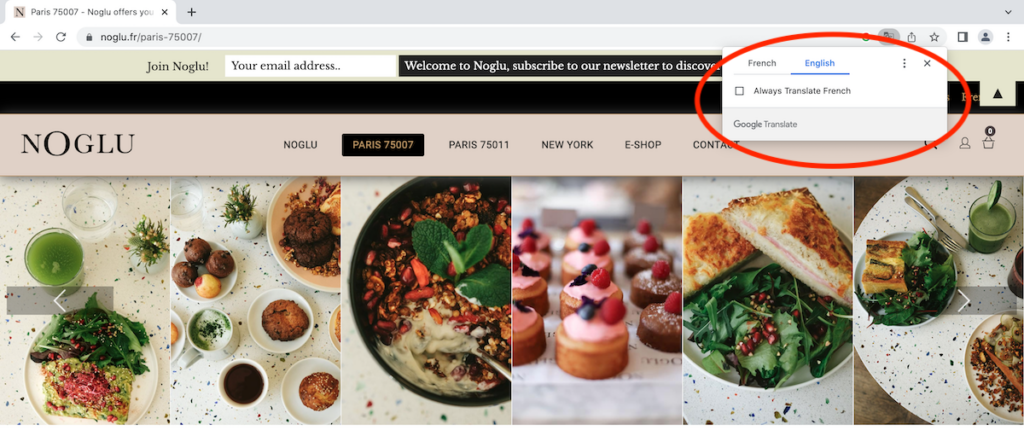
5. Carry a Celiac Dining Card
I carry these cards with me whenever I travel internationally. They are helpful in English, but absolutely essential if you are traveling to a foreign country where you and your travel buddies don’t speak the language fluently.
A good celiac dining card will explain that you have celiac disease and can’t eat gluten, what foods contain gluten, and the importance of avoiding cross-contamination.
I recommend getting the card in the language you need and in English, so you understand what it says.
Laminating the card and/or bringing several copies is a good idea. Sometimes the restaurant staff is incredibly knowledgeable and reassuring about celiac disease. In those cases, you may feel comfortable just sharing the celiac dining card with your server. Other times, you will want the card to get to the chef. It’s nice to have a backup if it gets lost or damaged after a few kitchen trips.
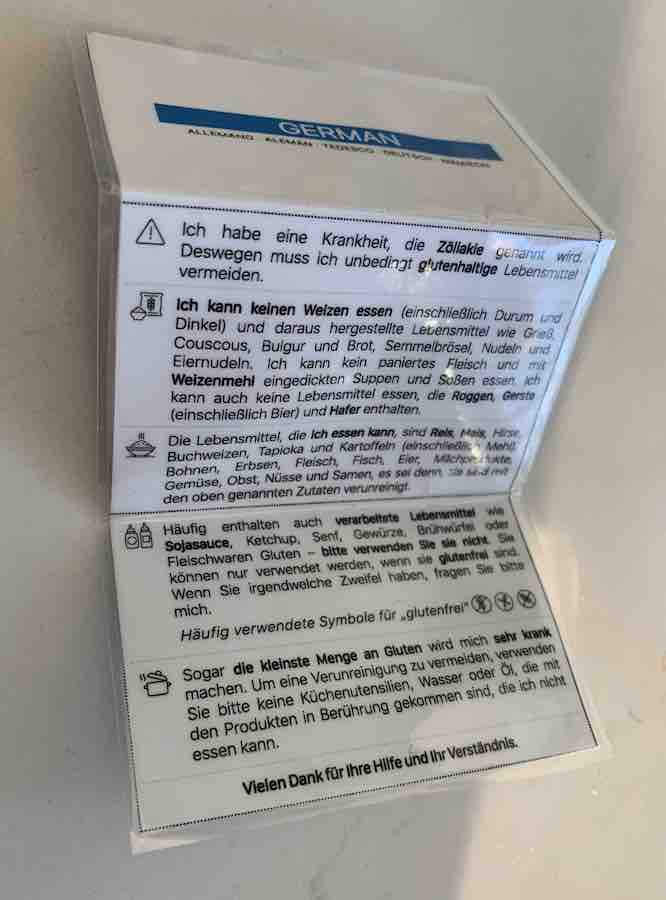
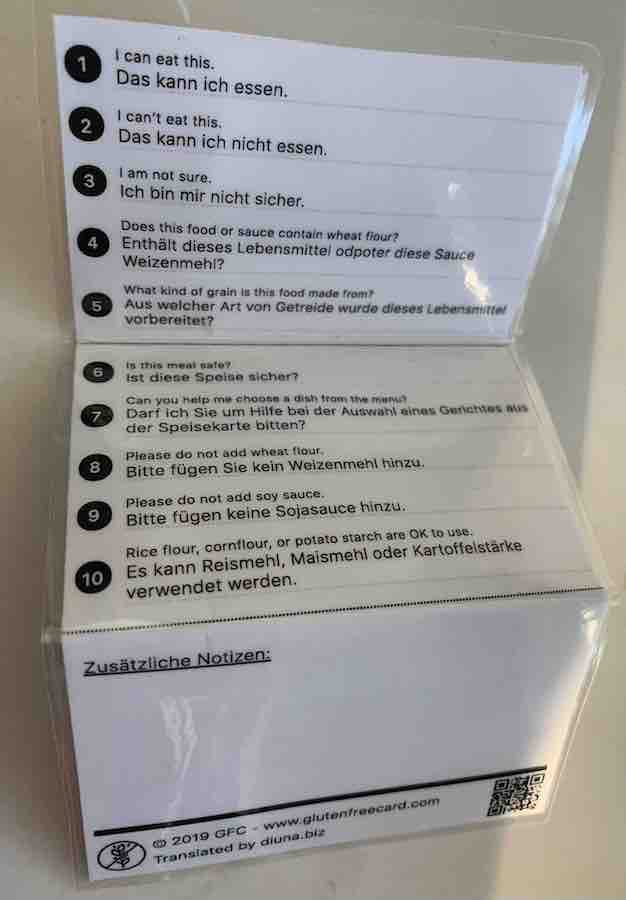
- Gluten Free Card is free and is currently available in about 10 languages. These cards are excellent. They cover all the bases. Gluten Free Card is also available in a free app. Just show your phone to the server. Again, because I prefer to send the card to the kitchen, I print out the cards rather than use the app. They fold to the size of a credit card.
- Celiac Travel offers free (donations accepted) Gluten-Free Restaurant Cards for Celiacs/Coeliacs in an extensive collection of 63 languages.
- If you have multiple dietary restrictions, I recommend Equal Eats food allergy cards. Equal Eats cards are available for purchase and can be customed to include celiac disease, along with other food allergies.
- Legal Nomads also offers celiac dining cards in nearly 20 languages for purchase. The English version is free. These dining cards are made by a celiac for celiacs, and thoroughly, politely, and firmly cover issues like cross-contamination and the importance of your food being gluten-free.
While all of the cards mentioned are designed for celiac diners, they are suitable for anyone needing a strict gluten-free diet.
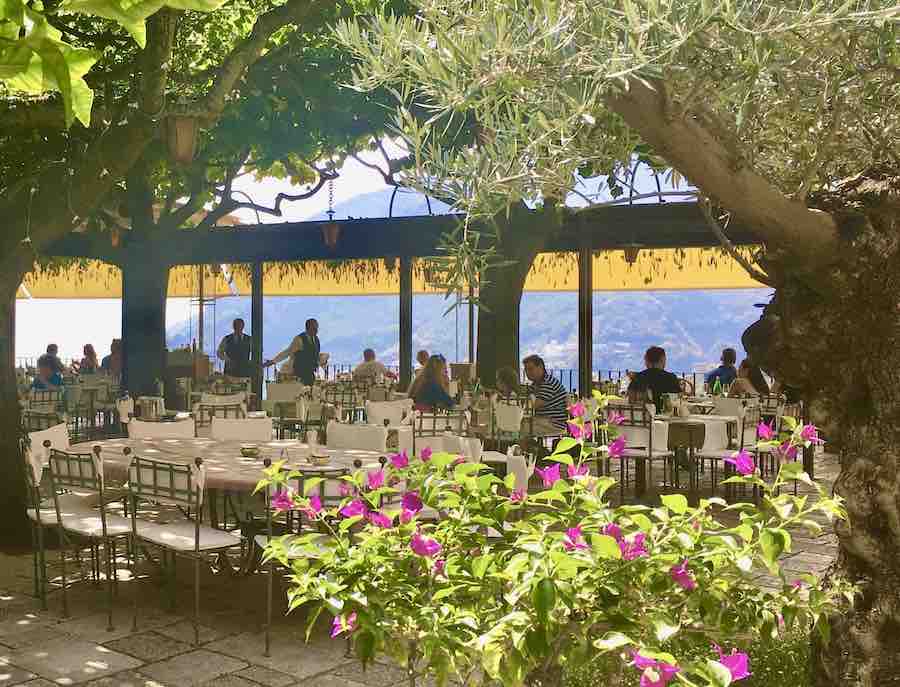
6. Learn a Few Key Phrases
The celiac dining card will do the heavy lifting. Still, a smile and a few key phrases go a long way.
In Spanish, try: ¡Buenos días! Tengo la enfermedad celíaca. No puedo comer gluten. (Good morning! I have celiac disease. I cannot eat gluten.)
If you’re feeling confident, it’s a good idea to add: “… ni contaminación de gluten.” (nor gluten contamination)
Or if all you can muster is a friendly “Guten morgen!” or sing-song “Buona sera!” start there and add on more as your trip goes on.

7. Get the Find Me Gluten Free App
I particularly love the Find Me Gluten Fre App App for travel at home and abroad. It’s a popular app in the gluten-free community. You will be thrilled to know that it has been updated by gluten-free diners with reviews of restaurants throughout much of Europe.
Find Me Gluten Free is crowd-sourced, meaning the information is only as reliable as the gluten-free diners posting the reviews. So read the reviews carefully.
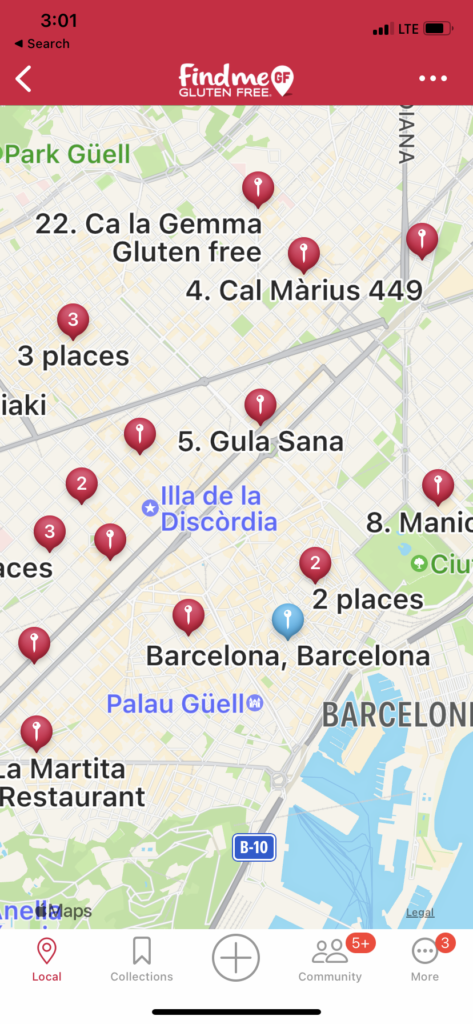
The free version allows you to filter your search for dedicated gluten-free restaurants, which are always the safest bet. As in the United States, you will notice more dedicated gluten-free restaurants in major cities. They are sometimes in smaller towns, but definitely few and far between outside metropolitan areas.
The premium version of the Find Me Gluten Free App allows you to filter restaurants by most celiac friendly per the reviews. This can be especially helpful when you find yourself in locations without a lot of dedicated gluten-free restaurants. When using the premium version, you can also save restaurants to Collections, which is useful when planning your trip and referencing later once you are at your destination. Use the code GOGLUTENFREELY for $5 off the premium version of Find Me Gluten Free.
8. Visit Your Host-Country’s Celiac Association Website
The Association of European Coeliac Societies maintains a list of celiac associations throughout Europe.
The offerings vary widely by country. Some list baking schools, activities, and camps for members. Some associations vet and train restaurants throughout the country, like Coeliac UK’s Gluten Free Accredited Venues. Others simply cover the basics of celiac disease and the gluten-free diet. It’s worth a look before you hit the road.
One of the best sources of celiac-safe restaurants in Europe is the AIC App from the Associazione Italiana Celiachia, which vets restaurants throughout Italy. I discuss this particular app, which I consider essential for traveling to Italy, in this post on 10 Tips to Enjoy Gluten-Free Italy.

9. Understand European Labeling Laws
In the UK and the Europe Union, cereals containing gluten, including wheat, rye, barley, oats, and hybrids must be declared on the label. Not only declared, but they must also be in bold. There are no hidden gluten ingredients. Please note that cross-contamination is still possible.
Regarding labeling a product gluten-free, in the European Union, the product must contain no more than 20 ppm (parts per million) to carry a gluten-free claim.
10. Recognize the Cross-Grain Symbol
For added reassurance, look for the cross-grain symbol.


Many of the country-specific members of the Association of European Coeliac Societies (AOECS) license gluten-free food throughout their countries. They will carry the cross-grain symbol on the packaging and meet strict AOECS standards. Over 23,000 products have been licensed to date.
The cross-grain symbol cannot be placed on a single-ingredient product that has not been processed. You will not see it on an apple, for example.
11. Pack Plenty of Travel Snacks
Nothing ruins a travel day like being hangry. Whether traveling by plane, train, or automobile, it may be difficult to readily access gluten-free food on the road. Being prepared with emergency snacks will help your travel days go smoothly.
Sadly, more than once, I have had my pre-ordered gluten-free airplane meal magically turn into a kosher meal or come with a “contains wheat” roll on top. Pack snacks for just such fiascos.
Simple Mills seed crackers, cheese, fruit, veggies, baked goods, pre-made sandwiches, meat sticks, and protein bars are filling choices.
It’s really important to my daughter, Miss E, to get a hot meal on a long flight. Her emergency food supply includes gluten-free Ramen in a cup. Flight attendants have always been happy to get her hot water, and she’s happy to have safe food that she considers a decent meal.
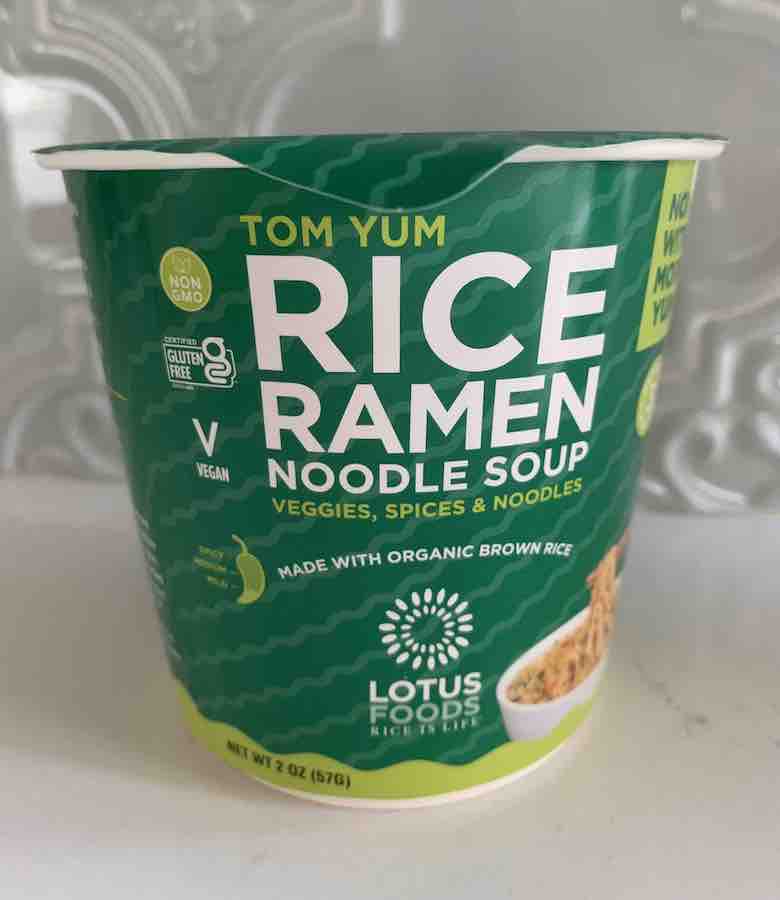
Keep in mind that many of the items on my snack list can not travel internationally. You can take them on the plane, but when you arrive or connect, you will have to toss fruits and vegetables (and often meat and cheese). For the “must-toss” items, I only pack what I need.
For other items, like crackers, protein bars, and Miss E’s ramen cups, we bring extra to hold us over until we hit a grocery store and for the flight home. If you never need them on the trip, they can tour Europe with you before heading back to your pantry at home.
12. Visit Local Grocery Stores
When sightseeing, take a quick break to pop in local grocery stores. You will likely find gluten-free treats specific to the country you are visiting. Treats you cannot buy at home. A duffle bag of gluten-free goodies makes the best souvenir!
Schar is popular in Europe and offers unique varieties of bread like its kaiser roll in Germany or rosette roll in Italy. I have found eaten different varieties of Schar hazelnut chocolate in Greece and Germany that were both amazing!

Just like home, grocery stores are the perfect place to find seasonal specialties. German zimtsterne (almond/hazelnut flour star-shaped cookies) were for sale at the Christmas Markets, but the gluten-free-ness of the traditional zimtsterne was questionable. Grocery stores sold safely labeled gluten-free zimtsterne, so Miss E and I could enjoy the traditional, Christmas treat.
In Italy, even better than a visit to the supermarket is stopping by a pharmacy, where you will find a wide selection of gluten-free pre-packaged products. The Italians know that good gluten-free food is medicine for celiacs.
13. Pack a Picnic
Use those grocery store trips to gather food for a picnic.
This is simply good travel advice, whether gluten-free or not.
Rick Steves, the European travel guru, recommends picnics as a way to save money, eat fresh, local food, save time by occasionally skipping lengthy restaurant meals, and enjoy a break on a castle wall or during a mountain hike.
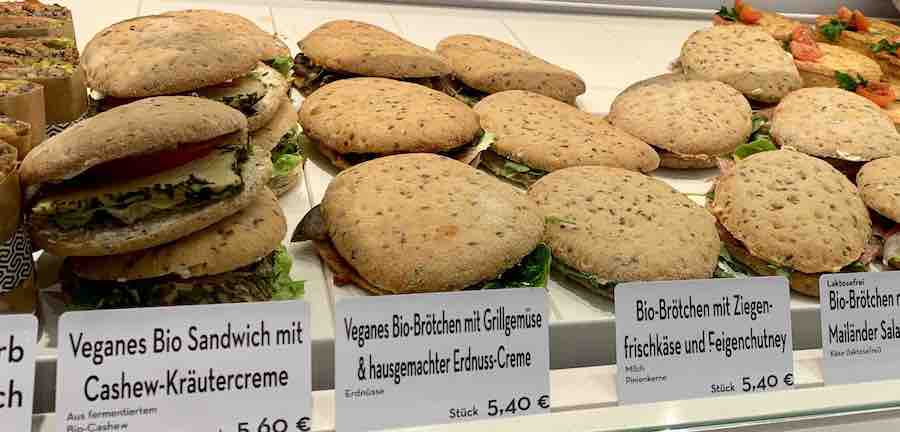
Use pre-packaged food from home or special gluten-free foods from your destination, together with meat, cheese, and fresh fruit for a wonderful picnic. Or grab a sandwich from a gluten-free bakery!
14. Consider Renting a Vacation Home
In some big cities, like London, Rome, and Budapest, you may be perfectly content dining primarily in restaurants. However, as you venture into smaller towns, the dining options can become more limited. And some countries are less aware than others of celiac disease and gluten intolerance.
Get my free Vacation Meal Planner to stay organized with easy meals:
In locations with limited gluten-free bakeries and restaurants, a Vacation Rental is an excellent choice.
You can make simple breakfasts with yogurt, gluten-free bread, meat, cheese, or cereal. Yogurt with honey and matcha is my go-to travel breakfast.
Picnic lunches are easy to prepare when you have access to a small kitchen. Round it all out with sheet pan dinners, ideal for making quick, easy, gluten-free meals at the end of a busy day of sightseeing.
You’ve got this! Being gluten-free will not stop your dream vacation.
Bon Voyage!

